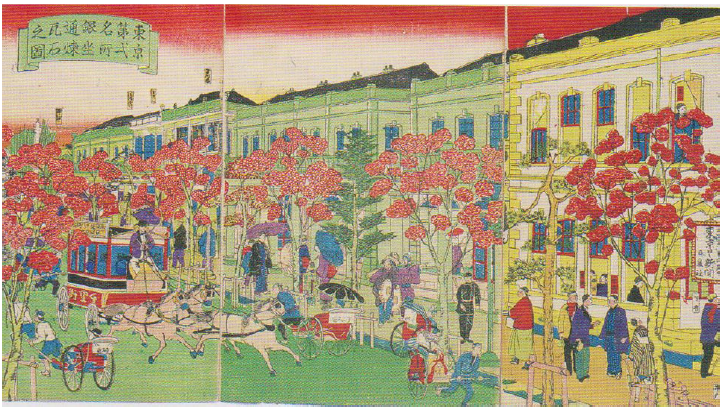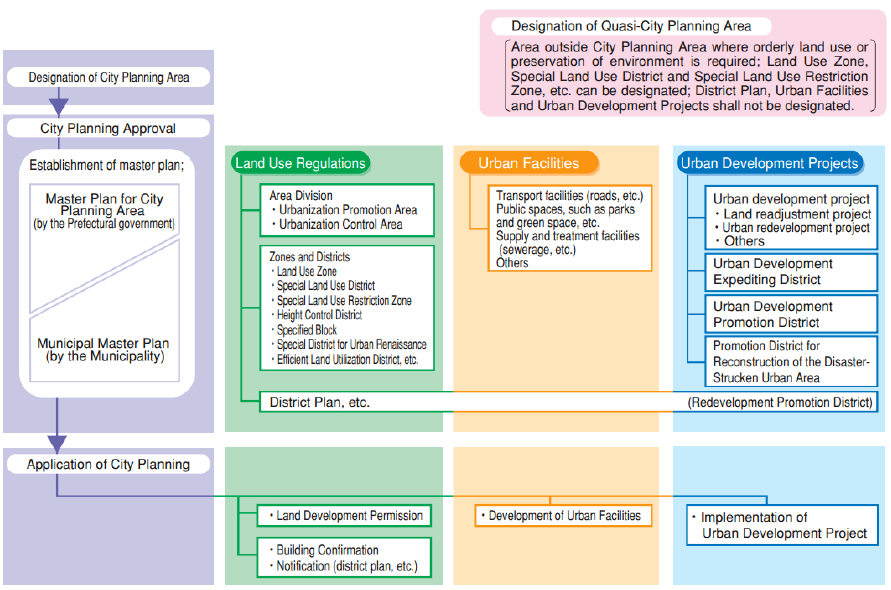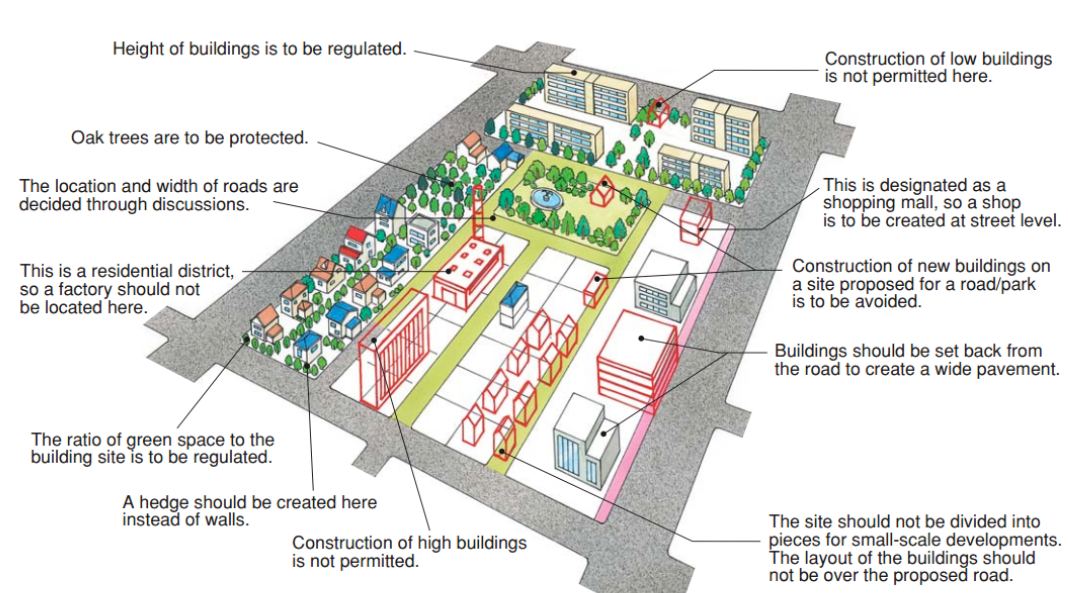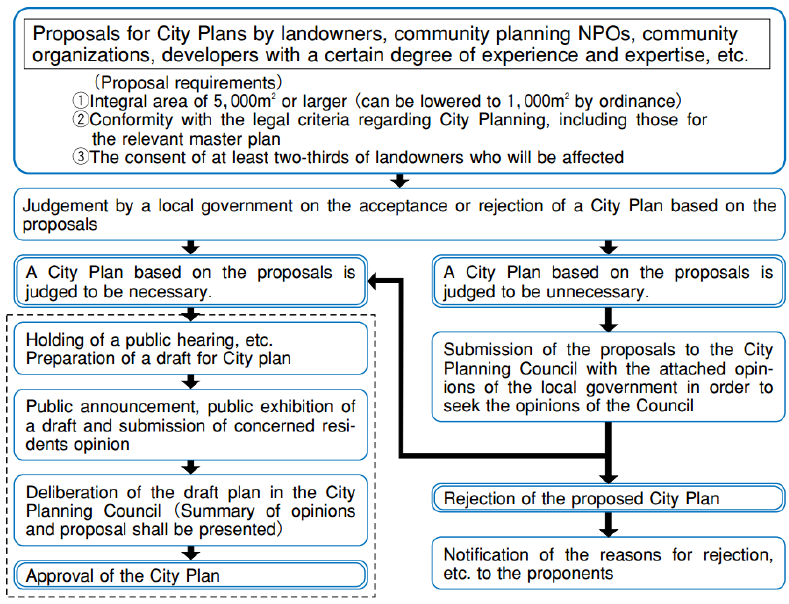INTRODUCTION
Zoning codes are the direct expression of a city’s desired land use development pattern, and are one of the most influential forms of regulation in determining how cities came to be in their present forms and how they will change in the future. Zoning codes vary widely in what and how they regulate land use, from traditional zoning that dictates use and form, to newer “form-based” codes which are primarily concerned with creating a coherent urban structure between buildings and the public realm.
Far from only influencing the form of cities, zoning codes can have immense influence in economic factors at the heart of cities. In restricting the uses, forms, and intensity of development, zoning has the power to drastically affect the cost of living in cities, specifically in controlling how much housing can be built, which directly affects its cost. In cities where zoning limits the amount of residential construction allowed, the demand for housing can quickly outstrip the supply, inflating costs dramatically as seen in cities such as San Francisco and Los Angeles. All over the United States, housing prices in desirable cities have skyrocketed, while the most affordable places to live are in sprawling suburbs where housing (and the land to build it on) is abundant and costs are low.
BACKGROUND REPORT

Figure 1: (Illustration of Ginza brickstone in Tokyo No. 2 Landmarks) Hiroshige (3rd) 1874.
The rebuilt Ginza featured main streets 27 meters wide, more than double the width of the streets being replaced, separated in vehicle lanes and pedestrian sidewalks laid with brick. The streets were lined with modern gas lamps and cherry, pine, and maple trees; new brick houses were built in the Georgian architectural style (Fig. 1). The district followed a grid layout, still seen in Ginza today.
Figure 2 illustrates the structure of the City Planning System, starting with the designation of the “City Planning Area”. Additionally, where city plans are necessary for organizing land use outside of urban planning areas, “Quasi-City Planning Areas” can be designated to respond to these urban needs.
The district plan is a system to set restrictions on road/park locations and buildings (Fig. 7) in inhabited areas of certain sizes in order to guide good development and the preservation of the urban environment that is suitable to the characteristics of the entire district from viewpoints of building forms and public facility locations (Tokyo Metropolitan Government). Municipalities that oversee regional administration enact district plans so that the plans adequately reflect residents’ opinions, while the prefectural governors are to give consent to certain parts of the plans.
The Tokyo City Plan (23 Wards) and the City Plans of 14 city planning areas in Tama area (Hachioji, Tachikawa, Musashino, Mitaka, Fuchu, Chofu, Ome, Machida, Koganei, Hino, Kodaira, Kokubunji, Higashimurayama and Nishi Tokyo) set forth “city redevelopment policies” as the master plans that organize comprehensively and on a long-term basis the urban-area redevelopment measures that are required under the Urban Renewal Act. 20.
CONCLUSION
Zoning plays an important role in either allowing the creation of dense, mixed-use environments, or prohibiting it by segregating uses, heavily restricting the form of buildings, or mandating expensive performance requirements which make development costlier. Altogether, zoning influences the cost of housing, and in California and Los Angeles has contributed to the current affordable housing crisis. In contrast, zoning in Japan and Tokyo has allowed a continuous supply of new housing contributing to the affordability of housing in Japanese cities.
Zoning can be critiqued based on the following criteria which determine the extent zoning allows the creation of dense, mixed-use environments.
- How zoning regulates use: If dense, mixed-use, and affordable cities are to be created, zoning must allow a mix of uses in each zone.
- How zoning regulates form: In regulating a building’s form, requirements must be flexible to accommodate a variety of types of buildings and shapes.
- How zoning regulates performance: There should be as few performance requirements in zoning ordinances as possible, and any performance requirements should be carefully tailored to ensure they do not become a hindrance to new development.
Zoning in Los Angeles falls short in meeting these criteria, while zoning in Tokyo meets these criteria. It follows that one way to improve the affordable housing situation in Los Angeles, zoning codes can be changed following Japanese zoning practices. However, not all areas of Los Angeles are suitable for the creation of high density, mixed-use neighborhoods.
Source: California Polytechnic State University
Authors: Anthony C. Petrillo Jr


